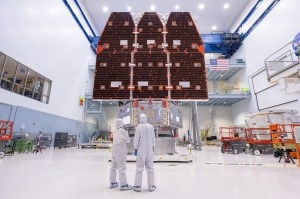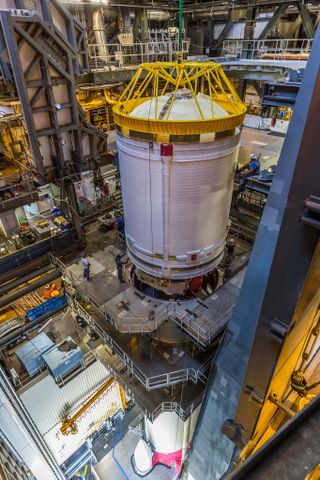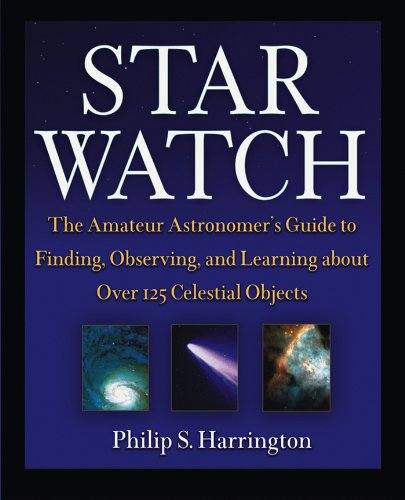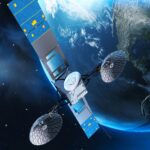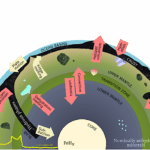Now Reading: Senate NASA bill focuses on commercial space stations, science mission overruns
-
01
Senate NASA bill focuses on commercial space stations, science mission overruns
Senate NASA bill focuses on commercial space stations, science mission overruns
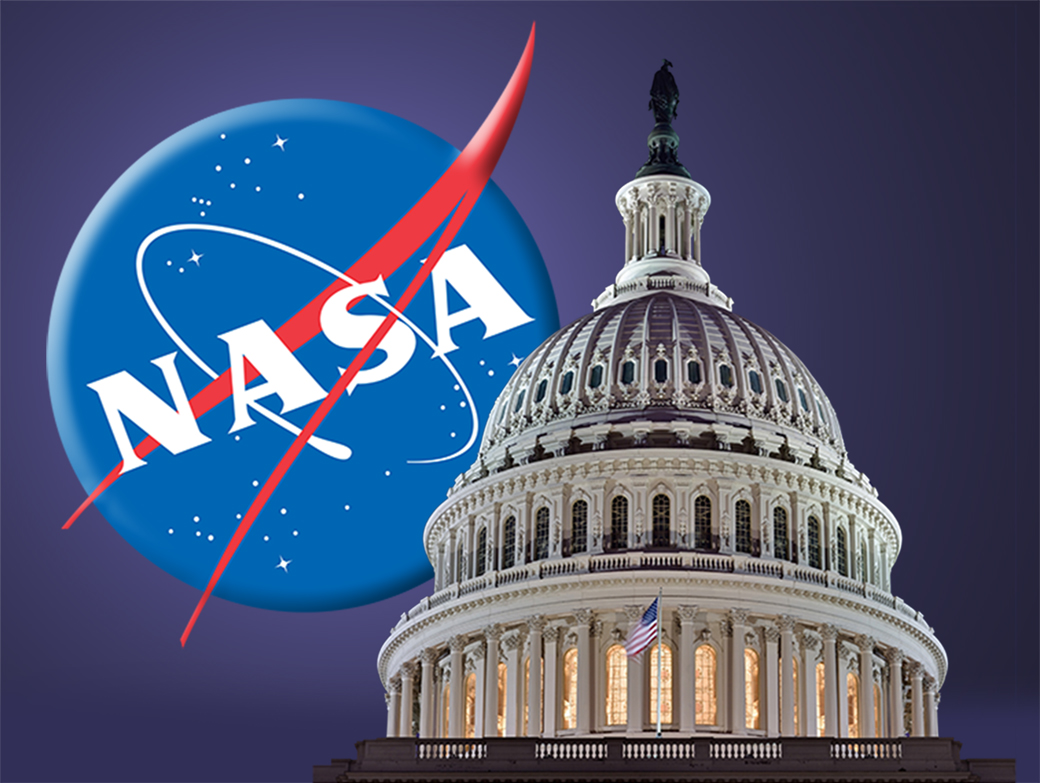

WASHINGTON — A NASA authorization bill introduced in the Senate in the final days of the current Congress would have directed NASA to accelerate work on commercial space stations and address cost overruns on science programs.
The NASA Transition Authorization Act of 2024 was formally introduced in the Senate Dec. 18 by Sen. Maria Cantwell (D-Wash.), chair of the Senate Commerce Committee, along with Sen. Ted Cruz (R-Texas), ranking member of the committee. Other co-sponsors include Sens. Kyrsten Sinema (I-Ariz.) and Eric Schmitt (R-Mo.), chair and ranking member of the committee’s space subcommittee, and Sens. Ben Ray Luján (D-N.M.) and Roger Wicker (R-Miss.).
The bill would have authorized $25.478 billion for NASA in fiscal year 2025, slightly above the $25.434 billion in the Senate version of an appropriations bill for the year and higher than the $25.384 billion requested by the agency for 2025.
“This bipartisan legislation sets an ambitious course for America’s space program, ensuring NASA’s leadership from Earth’s orbit to the Moon and Mars,” Cantwell said in a Dec. 20 statement about the bill. With the bill’s other cosponsors, “we’re charting a strong course for America’s leadership in space exploration.”
A particular focus of the 101-page bill is on plans to transition from the International Space Station to commercial space stations at the end of the decade. The bill makes clear that it wants NASA to handle that transition without any gap in the agency’s crewed presence in low Earth orbit.
“The Administrator may not de-orbit the International Space Station until the date on which a commercial low-Earth orbit destination space station has reached initial operational capability in low-Earth orbit,” the bill states. It does grant an exception if the agency concludes that “technical issues” prevent continued safe operations of the ISS.
The bill calls for an “an orderly, managed transition” from the ISS to commercial stations once such stations are ready, “in such a way as to maintain a continuous human presence.” The bill explicitly defines “continuous human presence” as the ability to maintain one or more government or government-sponsored astronauts in LEO on “permanent, on-going basis.”
NASA had, as part of the development of a LEO microgravity strategy, opened the door to interpreting “continuous human presence” to mean a continuous capability to support humans in LEO, but not necessarily having people there permanently. The final version of the strategy, released Dec. 16, endorsed the “continuous heartbeat” concept of having people in orbit continuously.
The bill would also have NASA somewhat accelerate the next phase of its Commercial LEO Destinations (CLD) program to support the development of commercial stations. It calls for NASA to release a final request for proposals for the next phase of the CLD program to cover certification of the stations and initial services by the end of September 2025, with NASA making selections by the end of March 2026. The bill adds that NASA should select at least two providers in that phase, “subject to the availability of meritorious proposals and appropriations.”
That is a slightly faster schedule than what NASA is currently proposing. In a briefing to industry earlier this month, NASA outlined a notional schedule for phase two of the CLD program that would release the final request for proposals some time in the fall of 2025, with selections in the summer of 2026.
Science mission cost caps
Another area of focus of the bill was on the cost of NASA science programs. It cited “immature and unreliable” cost estimates made in the early phases of missions, causing challenges to the overall portfolio of science missions as costs of those missions grow.
“Relying on early cost estimates made prior to preliminary design review for science missions which then experience such cost growth may disincentivize program and cost discipline moving forward,” the bill stated. It called for a report by the Government Accountability Office on the “establishment of and compliance with” cost caps set for science missions.
That interest in cost growth extends to Mars Sample Return (MSR), the campaign of missions to return samples from Mars that has suffered extensive delays and cost overruns, prompting an ongoing agency review. The bill would have directed NASA to provide, no later than 90 days after enactment, a new implementation plan for MSR with “realistic cost and schedule estimates.”
Moreover, the bill would have directed NASA to enter into “firm fixed-price agreements with 1 or more United States industry partners” to carry out that revised plan no more than a year after the bill’s enactment.
The bill, by contrast, said little about NASA’s space technology programs. It also endorsed continuation of NASA’s ongoing exploration programs, including the Space Launch System rocket and Orion spacecraft. One section, for example, is titled “Reaffirmation of the Space Launch System.”
Those and other provisions are moot points for now. The bill, introduced in the final days of the current Congress, was not taken up by the Senate before it adjourned after the passage Dec. 20 of a new continuing resolution to fund the government through mid-March. Even if it passed, the House had shown little interest in this bill, having passed its own NASA authorization bill in September.
The bill, though, may signal areas of interest by the Senate in the new Congress that convenes in January. Cruz and Cantwell will remain as leaders of the Senate Commerce Committee next year, with Cruz as chairman and Cantwell as ranking member in the Republican-controlled Senate.
“This bipartisan legislation brings stability and certainty to NASA and the entire U.S. space program, including NASA centers like Houston’s Johnson Space Center,” Cruz said in the statement about the bill. “I look forward to continuing to work with my colleagues to advance a bold vision for our nation’s science and space exploration efforts.”
Stay Informed With the Latest & Most Important News
-
 012024 in Review: Highlights from NASA in Silicon Valley
012024 in Review: Highlights from NASA in Silicon Valley -
 02Panasonic Leica Summilux DG 15mm f/1.7 ASPH review
02Panasonic Leica Summilux DG 15mm f/1.7 ASPH review -
 03From Polymerization-Enabled Folding and Assembly to Chemical Evolution: Key Processes for Emergence of Functional Polymers in the Origin of Life
03From Polymerization-Enabled Folding and Assembly to Chemical Evolution: Key Processes for Emergence of Functional Polymers in the Origin of Life -
 04How New NASA, India Earth Satellite NISAR Will See Earth
04How New NASA, India Earth Satellite NISAR Will See Earth -
 05And Thus Begins A New Year For Life On Earth
05And Thus Begins A New Year For Life On Earth -
 06Astronomy Activation Ambassadors: A New Era
06Astronomy Activation Ambassadors: A New Era -
07SpaceX launch surge helps set new global launch record in 2024














